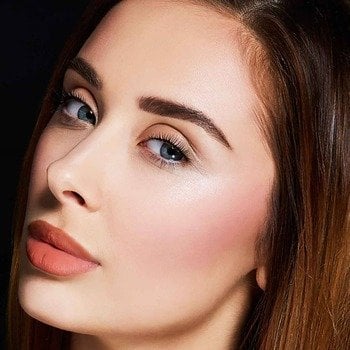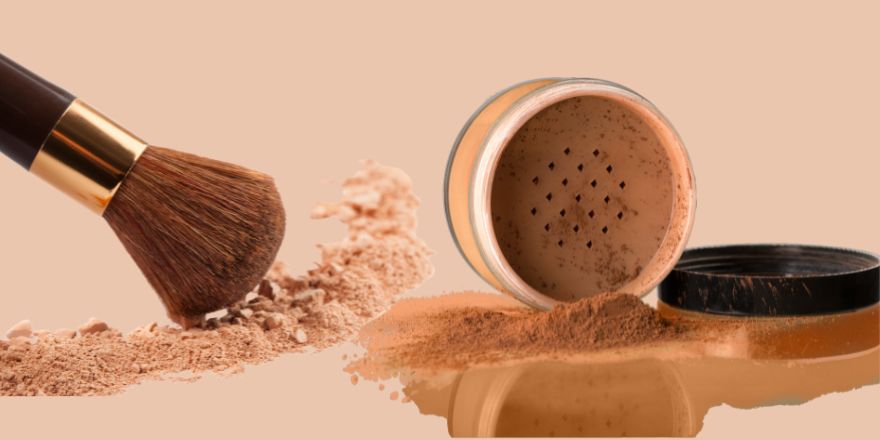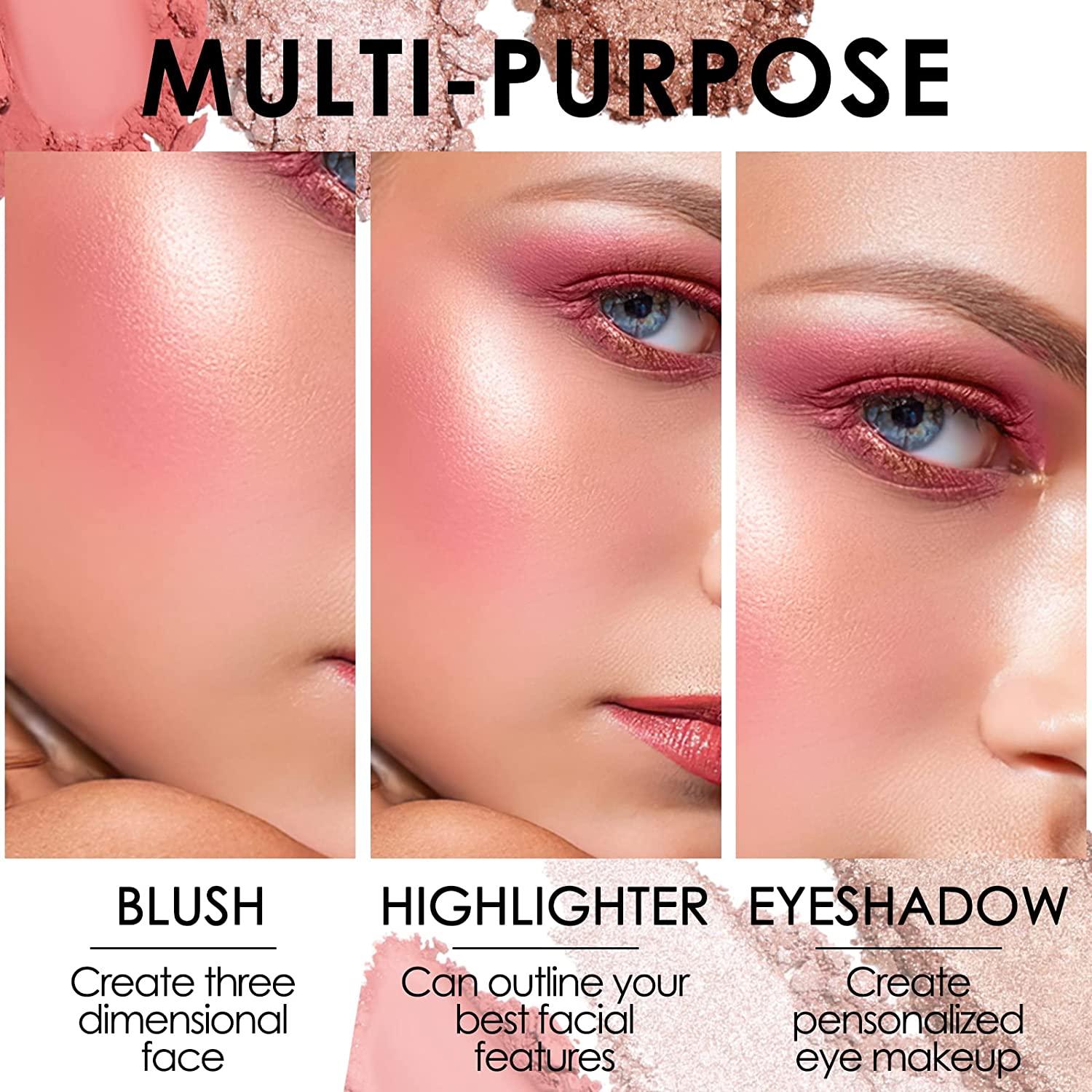Mastering makeup layers : How to Build a Flawless Base Without the Cakey Look
When it comes to creating a perfect makeup base, achieving a smooth, radiant complexion without the dreaded cakey effect is every beauty enthusiast's goal. The key to achieving this lies in understanding how to properly layer makeup products. Whether you're a makeup beginner or an experienced artist, mastering the art of layering makeup is crucial to achieving a flawless finish that looks natural, breathable, and long-lasting. In this guide, we'll explore the best techniques and tips for layering makeup products to ensure your base stays fresh and immaculate all day long.#makeup layers
1. Start with a Clean, Hydrated Canvas
Before even thinking about makeup layers, the most important step is skincare. Properly prepping your skin will not only make your makeup last longer but will also prevent the build-up of product, which can lead to a cakey appearance.
Cleansing and Moisturizing:
- Cleanse your skin thoroughly to remove dirt, oil, and impurities. A clean face helps makeup apply more smoothly and adhere better throughout the day.
- Moisturize with a product suited for your skin type. For dry skin, choose a rich, hydrating moisturizer, while those with oily skin can pick a lightweight, oil-free cream. Proper hydration ensures that your foundation doesn't cling to dry patches or break down in oily areas.#makeup layers
2. Primer: The Essential First Layer
After moisturizing, the next step is applying primer. Primer is essential for creating a smooth base, minimizing the appearance of pores, and helping makeup stay put longer. A good primer acts as a barrier, creating a layer between your skin and makeup.#makeup layers
- For oily skin, choose a mattifying primer that controls shine and helps foundation stay in place.
- For dry skin, look for a hydrating primer that gives a glow without feeling greasy.
- If you have large pores, opt for a pore-filling primer that smooths and blurs imperfections.
3. Foundation: The Critical Layer for Even Coverage
Foundation is the foundation of your makeup, and how you apply it makes all the difference in achieving a flawless look. The trick is not to overload your skin with too much product, which can lead to a cakey appearance.
Choosing the Right Foundation:
- Full-coverage foundations are great for evening out skin tone and covering blemishes, but they can sometimes look heavy if not blended properly. For a more natural finish, try medium to buildable coverage foundations.
- Match your foundation to your skin type and undertone. For example, dewy finishes work best on dry skin, while matte foundations control shine for oily skin.#makeup layers
Application Tips:
- Apply foundation in thin, even layers. Use a damp beauty sponge or a foundation brush for an airbrushed finish.
- Start from the center of your face, where coverage is often needed most, and blend outward toward the jawline and hairline. This ensures an even application and helps avoid harsh lines.
- If additional coverage is required, layer a second, thin layer instead of applying a thick, heavy layer in one go.
Avoiding Cakey Foundation:
- Less is more: Always remember, it’s easier to add more product if needed than to take it away once it’s on.
- Blend thoroughly. Make sure the foundation is well-blended into the skin, especially around areas like the jawline and hairline.
4. Concealer: Targeted Coverage Without Overloading
Concealer is a great way to address specific areas that need more attention, such as under-eye circles, blemishes, or redness. When layering concealer, it’s essential to apply it only where needed to avoid a heavy, cakey look.#makeup layers
Concealer Tips:
- Use a creamy, full-coverage concealer for dark circles and a lighter, more liquid formula for blemishes.
- Dot concealer directly onto trouble spots and blend using your fingers or a sponge.
- For under-eye circles, try a concealer that’s one shade lighter than your foundation. For blemishes, choose a shade that matches your foundation exactly.
Avoiding Cakey Concealer:
- Don’t apply too much concealer at once. It’s easier to build up the coverage than to take it away.
- Set concealer with a light dusting of translucent powder, but avoid over-powdering as it can lead to dryness and an uneven finish.
5. Setting Powder: The Key to Long-Lasting Makeup
Setting powder is an essential tool for keeping your makeup in place and preventing excess shine. However, applying too much powder can make your skin look dry or cakey, so it’s important to use it sparingly.
Choosing the Right Powder:
- Translucent setting powders are ideal for setting your makeup without adding color or texture. They also work well across different skin tones.
- If you have dry skin, opt for a lightweight powder that provides a natural finish.
- For oily skin, choose a mattifying powder to control shine throughout the day.
Application Tips:
- Use a fluffy brush to lightly dust setting powder onto your T-zone and areas that tend to get oily.
- Avoid over-powdering areas where you want to maintain a dewy finish, like your cheeks.
- For areas prone to creasing, such as under the eyes, use a small, soft brush to lightly set the concealer.
6. Bronzer, Blush, and Highlighter: Adding Dimension and Glow
Now that you’ve established a flawless base, it’s time to add some warmth and dimension with bronzer, blush, and highlighter. These layers should be applied lightly to prevent an overly heavy finish.#makeup layers
Bronzer:
- Use a matte bronzer to add warmth to your complexion, focusing on the hollows of your cheeks, temples, and jawline.
- Apply bronzer with a light hand, building it up slowly to avoid harsh lines or an overly contoured look.
Blush:
- Cream blushes can provide a natural flush to the skin, while powder blushes are ideal for more structured looks.
- Smile and apply blush to the apples of your cheeks, blending upwards toward your temples.
Highlighter:
- For a subtle glow, use a powder or liquid highlighter on the high points of your face, such as the tops of your cheekbones, bridge of your nose, and cupid’s bow.
7. Final Touches: Setting Spray and Blotting
To finish off your makeup and ensure longevity, a setting spray is essential. Setting sprays help lock everything into place, preventing makeup from sliding off or fading.
Blotting: If you have oily skin, keep blotting papers on hand throughout the day to absorb excess oil without disrupting your makeup.
Conclusion
Building a flawless makeup base without the cakey look comes down to knowing how to layer your products carefully and strategically. Start with a clean and hydrated base, choose products that suit your skin type, and apply each product in thin, blended layers. By following these steps, you’ll achieve a natural, long-lasting finish that enhances your beauty without feeling heavy or uncomfortable.#makeup layers


:max_bytes(150000):strip_icc()/ins-best-full-coverage-foundations-tout-b766676f019c48a3a1dc5ac2b0f042b0.jpg)
:max_bytes(150000):strip_icc()/byr-concealers-overall-drugstore-test-loreal-paris-full-wear-before-after-abby-dupes-b843b85645de45a1b434d18d614ae366.jpeg)


